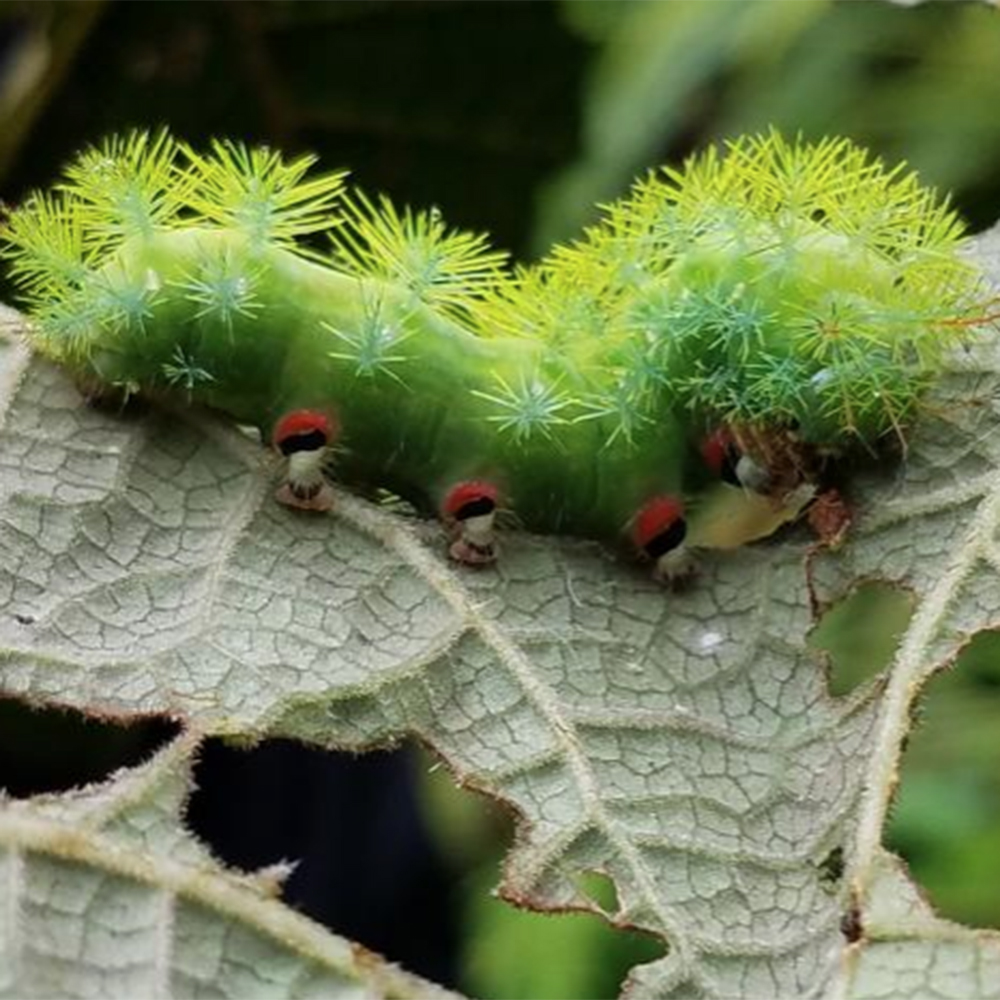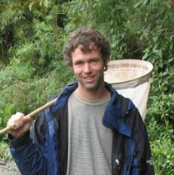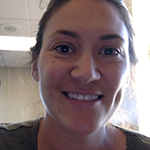.
Episode 8 with Dr. Lee Dyer and Danielle Salcido
.
.
.

.
Resource List
- Kolbert, E. 2020, “Where have all the insects gone?” National Geographic
- Dyer, L.A., et al. 2012, “Novel insights into tritrophic interaction diversity and chemical ecology using 16 years of volunteer supported research.” American Entomologist
- Salcido, D.M., Forister, M.L., Garcia Lopez, H. et al. 2020, “Loss of dominant caterpillar genera in a protected tropical forest.” Sci Rep
- Stireman, J.O. III, et al. 2005, “Climatic unpredictability and parasitism of caterpillars: Implications of global warming”. Proceedings of the National Academy of Sciences
- Dyer, L.A, et al. 2010, “Diversity of interactions: A metric for studies of biodiversity.” Biotropica
.
SCIENTIST BIOGRAPHIES
.

Lee Dyer, Ph.D,
Professor of Biology, University of Nevada, Reno
Dr. Lee Dyer is an ecologist who has worked with a variety of organisms in the tropics for the past 26 years and in temperate areas for the past 30 years. He received a B.S.in biochemistry and English from the University of California at Santa Barbara and a Ph.D. in ecology from the University of Colorado, Boulder. Lee was previously a postdoctoral researcher at UC Santa Cruz and a professor at Mesa State College in Colorado and Tulane University in New Orleans. He is now a professor in the Biology Department at the University of Nevada, Reno. Lee spends his free time hanging out with his sons, rock climbing, listening to music, and reading books. He is in charge of all aspects of the project, and his specialties relevant to the project are statistical modeling, community ecology, caterpillar natural history, and basic natural products chemistry.

Danielle Salcido
Doctoral Student, University of Nevada, Reno
Danielle Salcido is a PhD candidate at the University of Nevada, Reno in Lee A. Dyer's lab. Her research focuses on patterns of interaction diversity among caterpillars, their host-plants and parasitoids across various gradients including climatic, latitudinal, and disturbance gradients. After participating as an Earthwatch volunteer in 2010 for Dr. Lee Dyer’s Caterpillars and Climate Change project in Ecuador, she was inspired to take a hiatus from her career teaching high school biology and pursue a graduate degree with Lee. Danielle has since facilitated numerous Earthwatch teams in Ecuador, Costa Rica, Arizona and Nevada as a part of her field research and research on the value of immersive citizen science programs. She finds greatest enjoyment in roles that bridge science and research with the public and feels very fortunate to have been partnered with Earthwatch supported research!
.
.

.
Look good while doing good!
.
.
FEATURED EXPEDITION
.
Tracking Caterpillars in Tropical Forests
How much can the humble caterpillar tell us about the world we live in? More than you might imagine.
North America South America: La Selva Biological Station, Costa Rica or Yanayacu Biological Station, Ecuador, South America
Lead Scientist: Lee Dyer, Ph.D.
Duration: 9 days (avg. $292 a day)
.
YOUR SUPPORT MATTERS
Earthwatch depends on donations—above and beyond what we raise from volunteers who participate on our expeditions—in order to deliver our global conservation mission. In fact, volunteer contributions provide only half of the total resources Earthwatch needs to sustain over 40 field research expeditions, a wide variety of educational programs, corporate sustainability trainings, and more each year.
